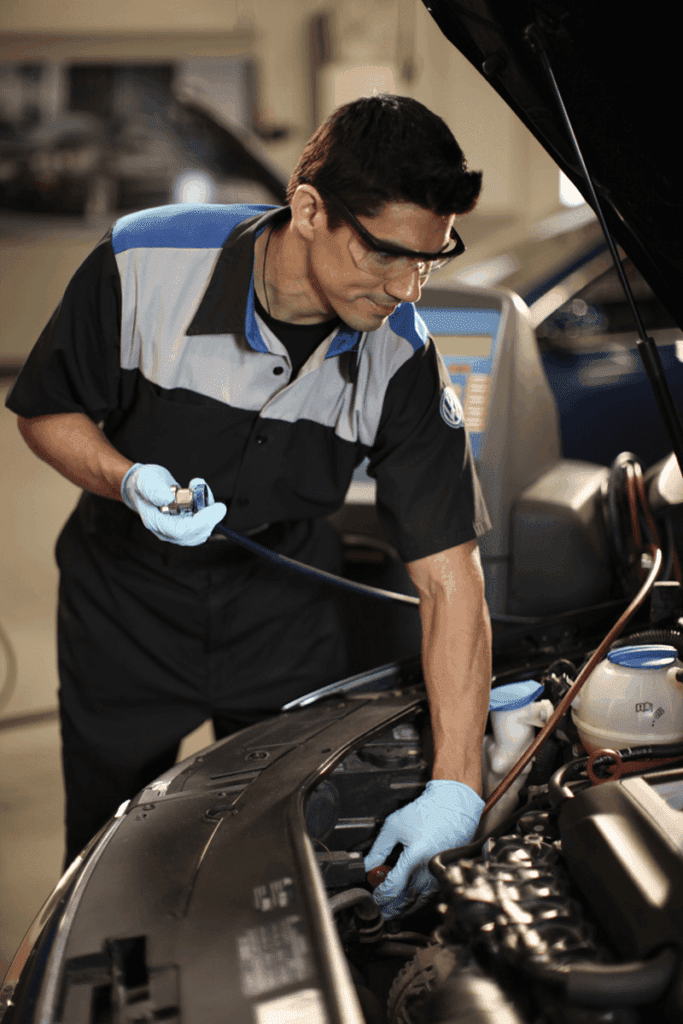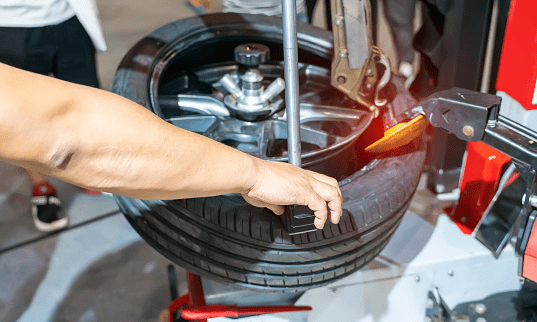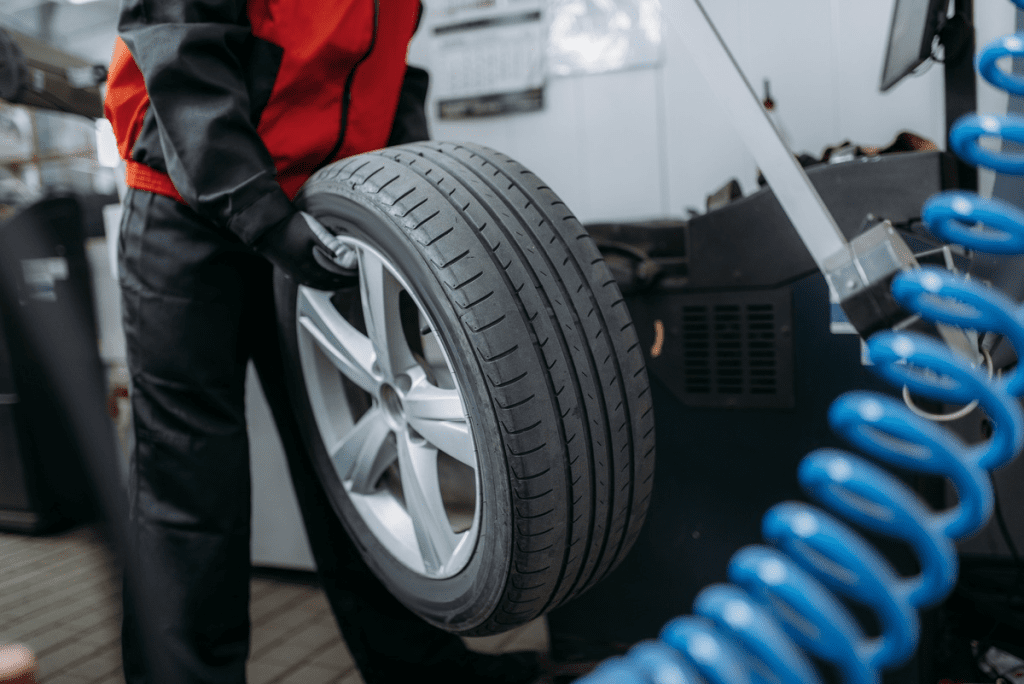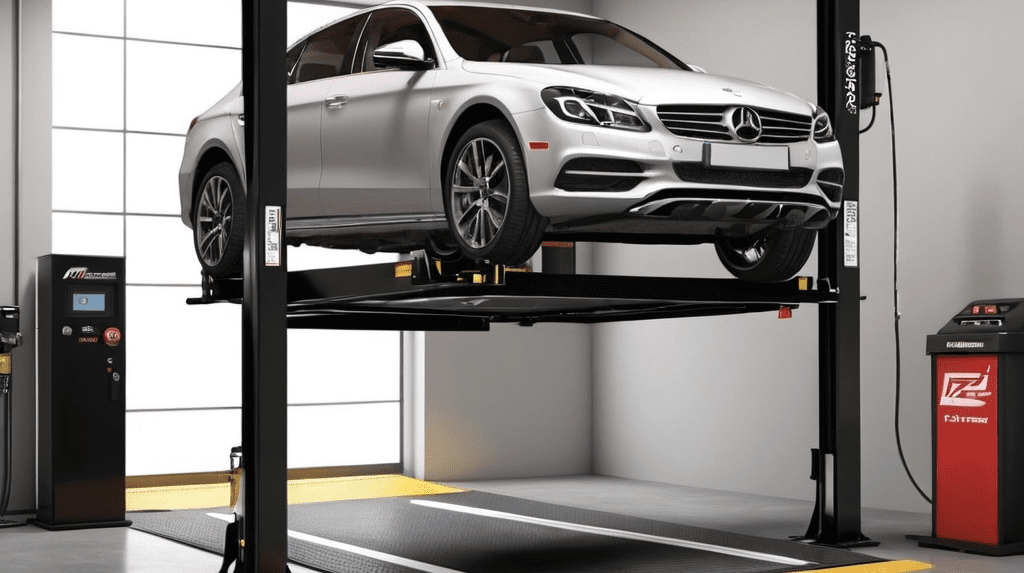Car lifts are essential for garages and workshops. Regular maintenance and lubrication of these machines are essential to keep them operating safely and efficiently. In this blog, we’ll discuss the importance of maintenance, the steps for lubricating car lifts, and how to extend the life of your equipment.
Why is car lift maintenance important?
Car lifts lift heavy vehicles every day and take a beating. Without proper maintenance, they can break down, compromising the safety of your workplace. A well-maintained car lift will perform better, last longer, and prevent unexpected repairs or accidents.
Basic car lift maintenance tasks
Regular maintenance is essential to keeping your car lift in top condition. Here are some important maintenance tasks:
1. Inspect moving parts: Check cables, chains, roller pins, and other moving parts for wear and replace as needed.
2. Check for leaks: Hydraulic leaks can lead to reduced lifting power and should be repaired immediately.
3. Clean: Remove dirt, oil, and dust from the lift. Build-up of dirt can block moving parts and cause wear.
4. Check safety locks: Make sure the locking mechanisms are working properly and showing no signs of wear.
5. Check electrical components: Test wiring and electrical systems to prevent short circuits or other malfunctions.
The importance of lubricating lifts
Lubricating lifts is one of the most important maintenance tasks to ensure the smooth running of moving parts. Without proper lubrication, parts can seize, wear, or even break. This not only increases the risk of malfunctions, but can also lead to dangerous situations in the workshop.
How to lubricate a lift
Lubricating your lift is a relatively simple process, provided you follow the correct steps and use the correct lubricants. Here is a step-by-step guide:
1. Choose the right lubricant: Consult the manufacturer’s manual to determine which type of lubricant is suitable for your lift. Many lifts require a lithium-based grease for moving parts.
2. Clean the lift: Before you begin lubricating, make sure the parts to be lubricated are clean. Remove dust, dirt, and old grease to prevent buildup.
3. Lubricate the hinges and bearings: Apply grease to all hinges, bearings, and other moving parts. This reduces friction and extends the life of these parts.
4. Check the cables and chains: Some lifts have cables and chains that require lubrication. Make sure these parts are properly lubricated to prevent them from seizing or breaking.
5. Check the operation after lubrication: After lubricating, it is important to move the lift up and down several times to ensure that the lubricant is evenly distributed.
How often should you lubricate a lift?
The frequency of lubrication depends on the use of the lift. For a workshop where the lift is used intensively on a daily basis, it is recommended to lubricate at least once a month. For less intensive use, once every three months may be sufficient. Always follow the manufacturer’s recommendations for optimum performance.
Benefits of regular maintenance and lubrication
– Extends the life of the lift: Regular maintenance reduces wear and tear on components, resulting in a longer life of the equipment.
– Increases safety: A well-maintained and lubricated lift operates more reliably and reduces the chance of accidents.
– Reduces downtime and costs: By performing preventative maintenance, you can avoid expensive repairs and unexpected downtime.
Conclusion
Maintenance and lubrication are crucial to the smooth and safe operation of lifts. By regularly performing the correct maintenance tasks and using lubricants that match the specifications of your lift, you can improve the performance and extend the life of your equipment. Make sure you follow a maintenance schedule and regularly check your lift for signs of wear. Do you need help with the maintenance of your lift or do you want to know more about the right lubricants? Contact us and we will be happy to advise you!





